还记得2022北京冬奥会期间火遍国内各大社交媒体的“网络红人”特莎·莫德吗?

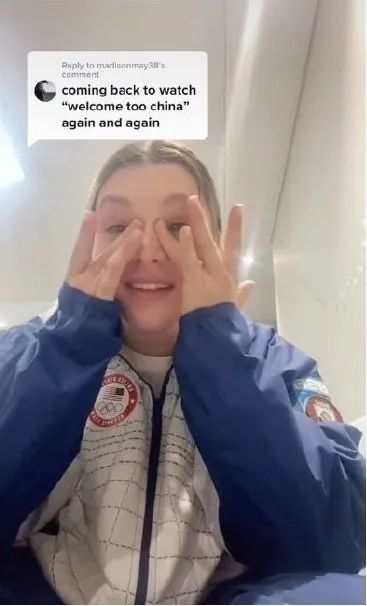
冬奥会志愿者一句真诚又热情的“Welcome to China!”竟让她感慨万分、激动落泪。不要问我为何我的眼里饱含泪水,问就是,这问候来得实在太过真诚!
一句真诚的问候可以传递温暖、表达真诚,令人三冬亦暖。11月21日是全球第50个世界问候日(World Hello Day),你向身边的人问好了吗?
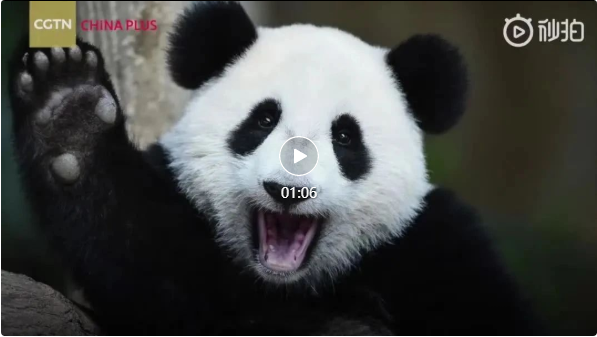
点击链接,观看精彩视频https://m.weibo.cn/3173633817/4308931834783468
今天,你Say Hi了吗?
世界问候日的“前世今生”
“世界问候日”,顾名思义,鼓励人们借此机会向身边的人问好,以见证小问候的大作用!不过,世界问候日又是怎么来的呢?
1973年,第四次中东战争期间,为促进埃及与以色列之间的和平,一对来自澳大利亚的兄弟自费印刷了大量有关问候的宣传材料寄给世界各国领导人,向他们阐述设立“世界问候日”的重要意义,第一个“世界问候日”就此诞生。
World Hello Day was originally created in 1973by two brothers from Australia as a direct response to the conflict betweenEgypt and Israel. Gathering all the money they had at the time, these twobrothers sent out letters to as many world leaders as they could and asked themto support the new holiday.

现在已有180个国家响应“世界问候日”。世界问候日已成为祈祷世界和平的日子,呼吁世界各国的人们在每年11月21日通过问候传递友爱与温暖。
Since then, World Hello Day has been observed by people in 180 countries. People around the world use the occasion of World Hello Day as an opportunity to express their concern for world peace. On this day, people are encouraged to participate by simply greeting others.
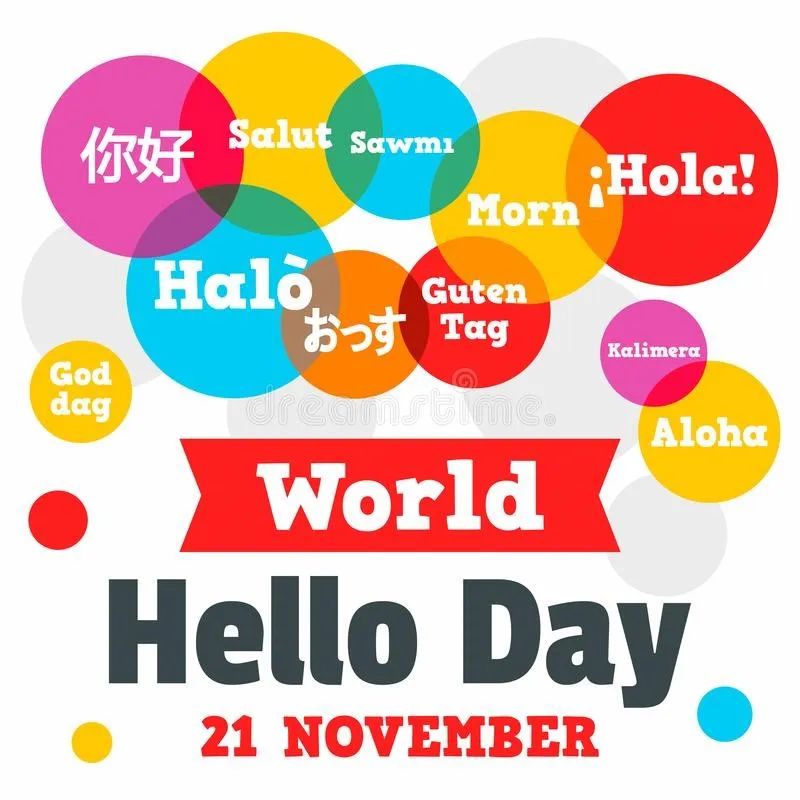
各国问候知识知多少
不过,即使是小小的问候,也藏着大大的学问,你知道与其他国家人民问候的时候需要注意些什么吗?一起(敲黑板)打开问候的正确打开方式(划重点)吧!

俄罗斯人典型的问候礼仪是握手,握手时一定要脱下手套,不然对方可能会认为你不够礼貌。除非经过对方允许,否则切勿称呼对方的名字,可以将“Gospodin”(先生)或“Gospozha”(夫人)添加到对方的姓氏中予以称呼。


In Russia, a firm handshakeis typical Russian greeting etiquette when meeting someone. Always take offyour gloves when shaking hands. It is considered rude not to do so. Never usefirst names unless invited, as it is important to respect authority and decorum.You can add Gospodin (Mr) or Gospozha (Mrs) to their last names.
在泰国,人们通过微微鞠躬来互相打招呼。将双手合十举在胸前,优雅地鞠躬,您就可以掌握泰国的“wai”式问候了。泰国人通常用“sawasdee”来互相问好,并在结尾加上反映性别的尾音:女性会使用“kah”,男性则使用“khrap”。
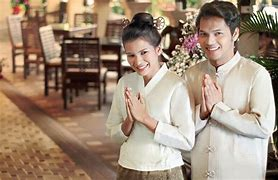

In Thailand, people greeteach other by bowing the body in a slight arc. Place your hands togetherand deliver a graceful bow, and you will master the greeting style of Thailand.This gesture is called the wai. Thai people usually greeteach other by saying sawasdee with an ending that reflectstheir gender. Women will use kah andmen will use khrap.
新加坡人在做自我介绍时通常非常正式。长辈或地位最高的人会首先介绍自己。当然,标准的问候仍是坚定满满的握手。新加坡马来人在握手后,通常会将手掌放在心脏位置停留片刻。


Singaporeans aregenerally very formal when it comes to introductions. The elders or people ofthe highest status introduce themselves first. The standard greeting is a firmhandshake. You may notice that Malay Singaporeans greet each other with ahandshake before briefly placing their palms over their hearts.
在南非,大多数情况下握手是一种常见的问候方式。握手时要保持眼神交流。对方说话时,你需要看着他们的眼睛,并不时地点头表示你在倾听。


In most cases, thehandshake is a common greeting. Maintaining eye contact when shaking handshelps build trust. When the other person speaks, you should look them in theeye and show that you are listening by nodding your head.
*以上内容来自外研社《“一带一路”国家跨文化商务交际教程》
这些问候方式你都get了吗?该握手时就握手(疫情期间可抱拳^ ^),该鞠躬就鞠躬,标准的问候“姿势”分分钟掌握!

当然,除了日常生活,在更为正式的交际场合,问候也发挥着至关重要的作用。随着“一带一路”倡议的推进,越来越多的中国青年将有机会参与到跨文化商务活动当中。除了打招呼之外,跨文化商务交际中还有很多我们需要掌握的沟通技巧和商务知识。《“一带一路”国家 跨文化商务交际教程》,助你在跨文化商务情境中如鱼得水、游刃有余!
“一带一路”国家跨文化商务交际教程
主编:秦丽莉、宋薇
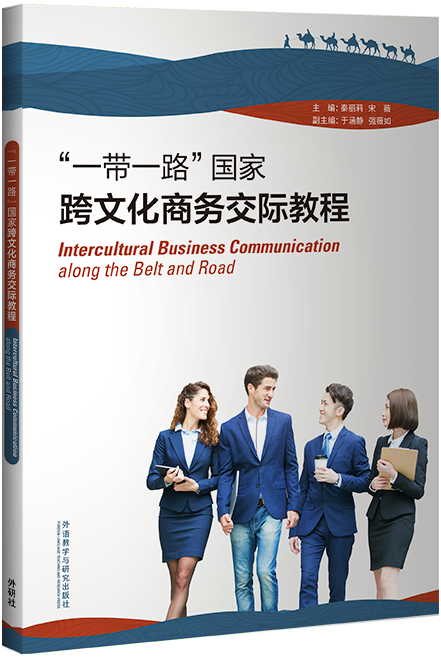
ISBN:978-7-5213-2509-6
定价:49.90元
配套资源:慕课、电子版教师用书、助教课件、教学设计示范
教材聚焦“一带一路”沿线国家跨文化交流与商务往来合作,兼顾人文知识与语言技能,融合商务英语知识与跨文化交际能力培养。精选10个“一带一路”沿线国家,介绍国家概况、核心文化价值观以及商务往来时需要注意的礼仪知识,同时提供通用商务英语写作技巧,为学生和商务专业人士提供“一带一路”国家商务交际指南。
相关阅读